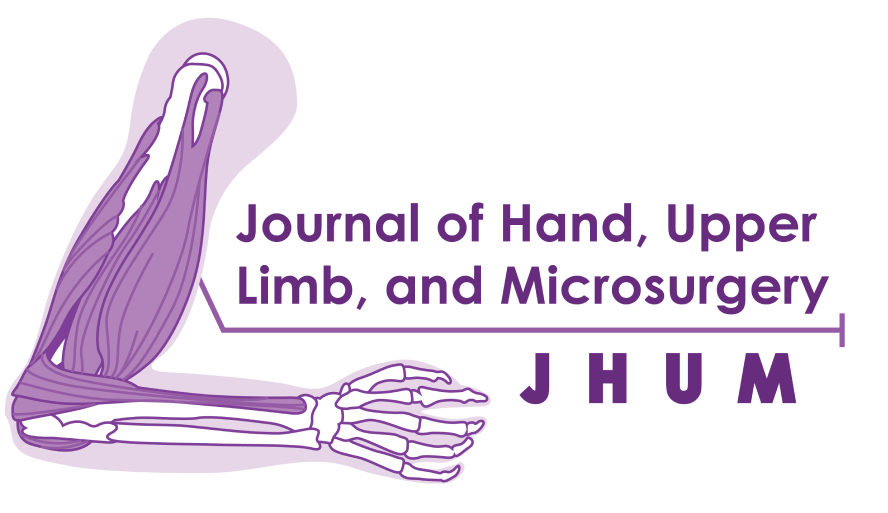Functional Outcome After Central Slip Repair In Neglected Boutonniere Deformity
A Case Report
DOI:
https://doi.org/10.59452/jhum.v1i2.114Keywords:
Central slip; Extensor apparatus of fingers; Volar plate; Repair.Abstract
Injuries to the central slip of the extensor mechanism can lead to a Boutonniere deformity. Chronic central slip of the extensor tendon after penetrating trauma leads to a devastating burden, especially in the dominant hand. Repair of the central slip of the extensor tendon at the proximal interphalangeal (PIP) joint in boutonniere deformity is challenging due to its stiffness potential. The repair central slip with volar plate release procedure has been done in the middle phalanx. This study reports on the cases of neglected central slip defects treated after 1 month of injury. Clinical evaluations consisted of measuring the active range of motion in the PIP joint of the middle phalanx, QuickDASH, and Total Active Motion (TAM). At 6 weeks post-operation, the average active mobility, flexion, and extension of the third PIP joint measured 75 degrees and −5 degrees, respectively. And the functional outcomes were improved at the 4-month assessment, the third-finger PIP joint ROM had improved to 90 degrees flexion/−5 degree extension. In 4 months, the patient was able to work normally as a nurse. Various procedures such as tendon plasty, transfer, or graft have been described in the literature for boutonnière deformity. Proper rehabilitation is also needed to achieve satisfactory functional outcomes.

